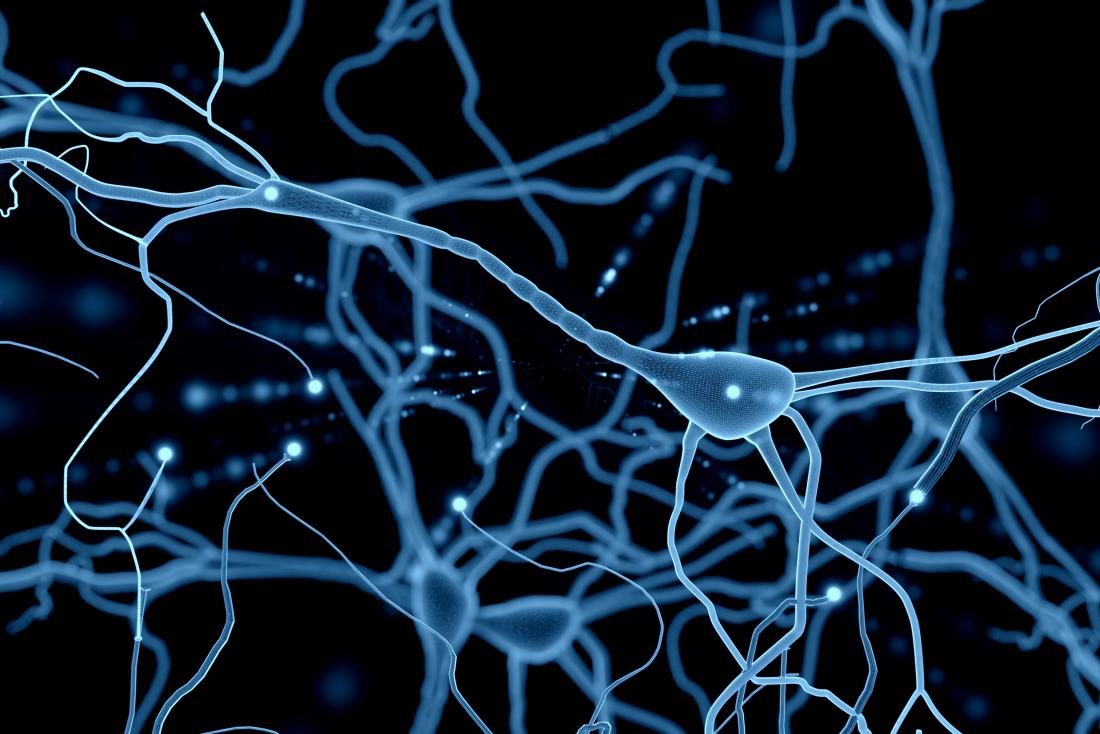Our brain is a unique part of our body. A lot remains hidden within the tissues stuffed inside our craniums. But a team of scientists at the Allen Institute for Brain Science in Seattle are one step closer to understanding how our brain works. Researchers recently discovered an entirely new type of neuron, which they called the rosehip neuron.
The team called the neuron rosehip because the cells are shaped like the fruit of rose bushes. The research started several years ago, and was divided by two teams. One was at the laboratory at Allen Institute, and the other was at the University of Szeged in Hungary. Both identified what appeared to be a new type of brain cell. They learned they were both investigating the same neuron when they decided to collaborate on a study.
The labs used different techniques to investigate the neuron. The Hungarian team examined the shape and electrical properties of the neuron, while the team at Allen Institute looked at the genetics. They published the results in the Nature Neuroscience journal.
Trygve Bakken of the Allen Institute was the lead author of the paper, and he said that while most neurons have long dendrites, branches that carry electrical signals, the new one is different. In his words, the new neuron is “very bushy” and the dendrites are very compact with lots of branch points.
Unique to humans
The new neuron exists only in humans. It is not found in rodents, which are frequently used as model species in neuroscience. Scientists believe that the rosehip neuron is the reason why many treatments for brain disorders seem to work in mouse models, but not in humans.
One thing is certain, in order to fully understand psychiatric disorders, scientists need to get access to these special types of neurons that exist only in humans.
Bakken says that “our brains are not just enlarged mouse brains. People have commented on this for many years, but this study gets at the issue from several angles”.
While many of our human organs can be reasonably modeled in an animal model, what sets up apart as humans from the animal kingdom is our capacity and output of our brain. This is what makes us human. The cells of the rosehip neuron make up about 10% of the neocortex, the last part our brain to evolve. The neocortex is associated with sight and hearing.
How the neuron works
What matters now to scientists is to discover how the neuron works and what the rosehip cell does. Unfortunately, they are not sure. Neurons are hard to understand, but scientists know for sure that the rosehip belongs to the inhibitor class of brain neurons. They regulate the flow of information to certain parts of the brain. The research team believes the rosehip seem to connect to pyramidal neurons, an excitatory neuron that makes 2/3 of the neuron cells in the neocortex.
Some of the scientists believe that human consciousness has something to do with wrangling reality from the chaos inside our brains. For example, it is a known fact that an infant’s brain functions much like that of someone on LSD. In other words, babies are tripping all the time. These new neural inhibitors might be what help our brain grow and separate reality from whatever babies are dealing with.
While more research is needed to fully determine, one thing is certain. The rosehip cell research is filling some missing pages in our atlas of human neural activity.
Looking forward, the team hopes to look at brain samples from people suffering neuropsychiatric disorders to see if they have altered rosehip neurons. This might help us understand how the brain functions.



